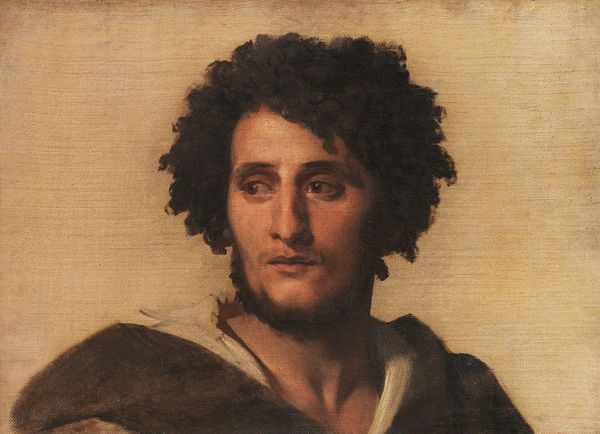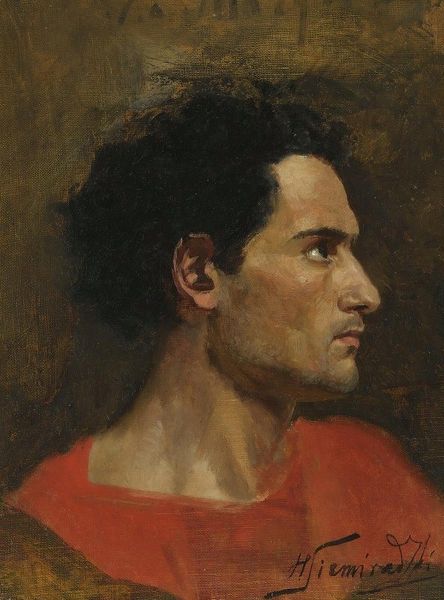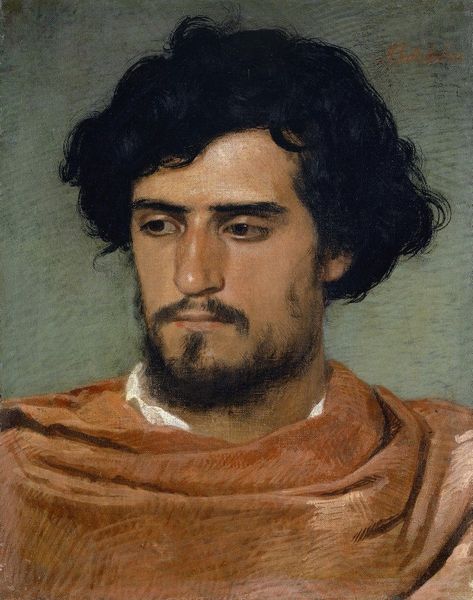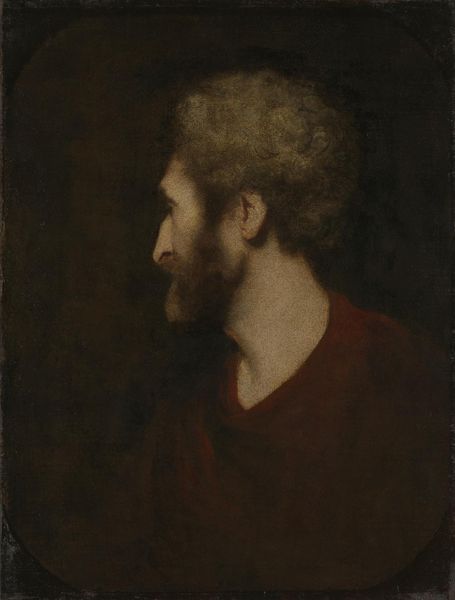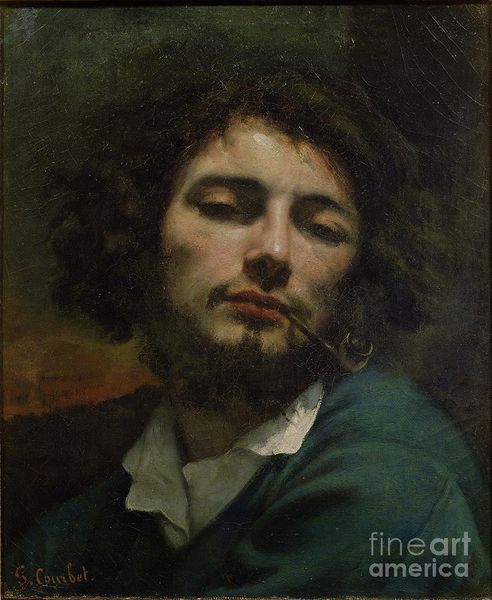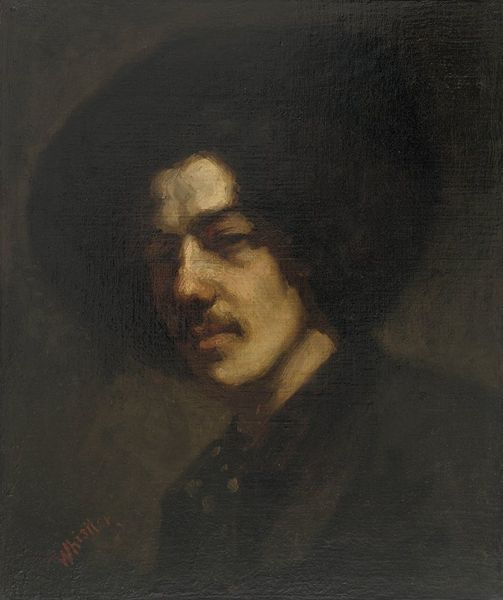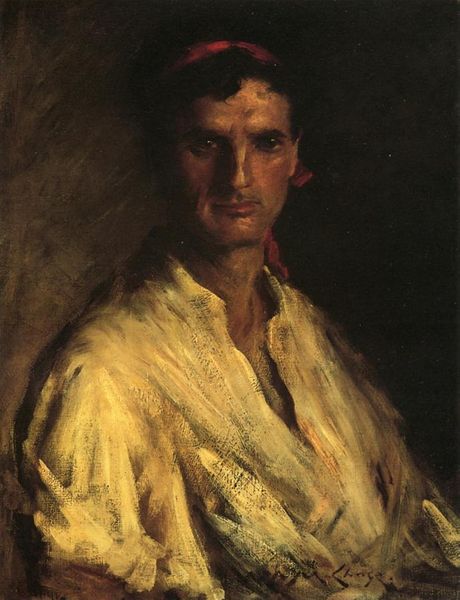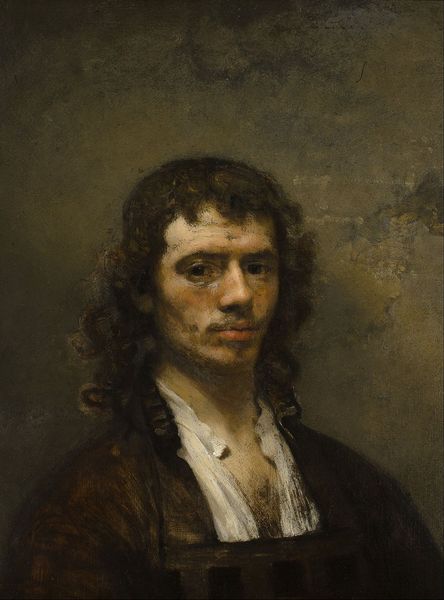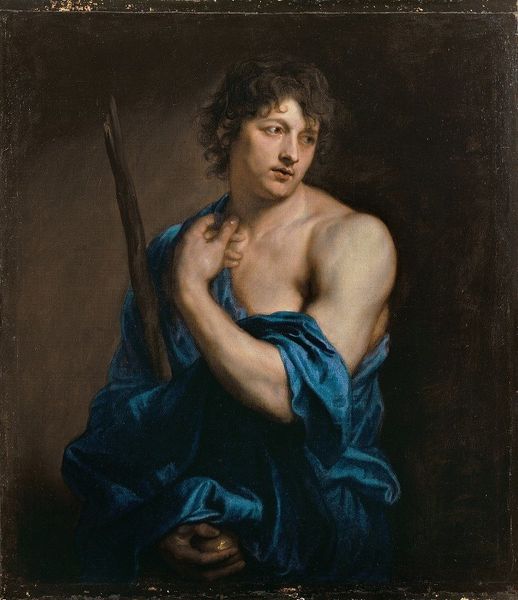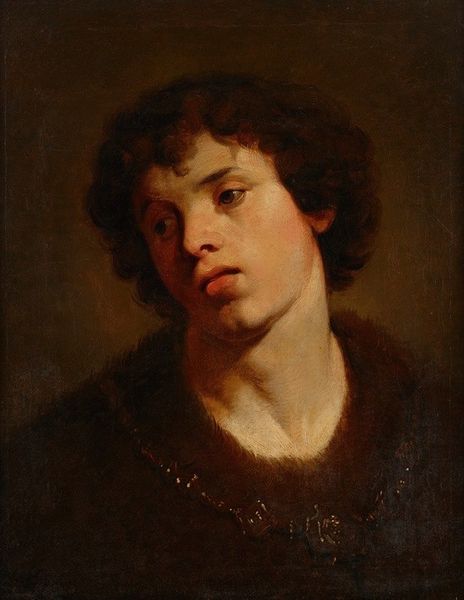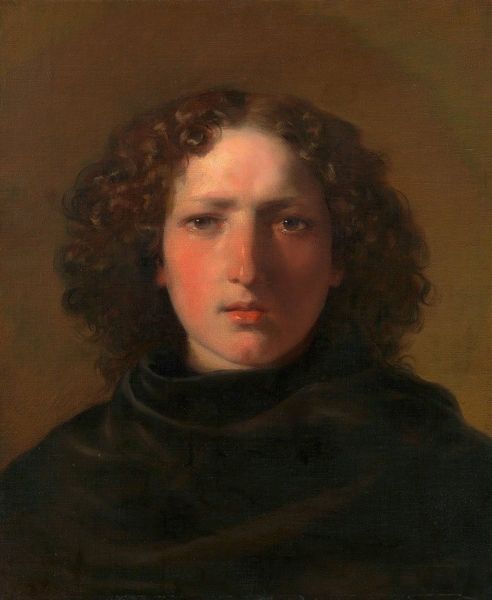
painting
#
portrait
#
figurative
#
portrait image
#
portrait
#
painting
#
portrait reference
#
portrait head and shoulder
#
portrait drawing
#
facial portrait
#
academic-art
#
portrait art
#
fine art portrait
#
realism
#
celebrity portrait
#
digital portrait
Copyright: Public Domain: Artvee
Editor: This is a painting titled "Portrait Study Of Giacomo Orlandi Di Subiaco" by Jean-Léon Gérôme. There is no available date. What immediately strikes me is the intimate feel of it, the way he captures the young man's gaze. How do you interpret this portrait in the context of the artist’s career and the artistic trends of the time? Curator: It's interesting you mention the intimacy. Gérôme was a key figure in Academic art, which was heavily shaped by institutional power, influencing everything from training to exhibition. Consider, then, how a ‘study’ like this – possibly never intended for public display – gives us a different perspective on Gérôme. Does it feel less burdened by the expectations of Salon display? Editor: That’s a great point. It does feel less performative, somehow. Like a more genuine exploration of the subject. In what ways does this study reflect or challenge the dominant academic portraiture of its time? Curator: Academic portraiture was often about idealization and social status. Here, while Gérôme clearly possesses technical skill, the focus seems less on idealizing Orlandi and more on capturing a likeness, a fleeting moment. The darker background and somewhat relaxed pose contribute to this. Consider how artists navigated the expectations of patronage and the art market, especially with portraiture. Was there a space for genuine artistic expression within those constraints, or was it always a negotiation? Editor: So, this painting could be Gérôme carving out a small space for personal exploration within a highly structured art world. That's fascinating. Curator: Precisely. It reveals the artist's engagement with his subject, separate from the grand narratives of official art. Studying art history pushes us to think about public vs. private motivations, the influence of art institutions, and power dynamics within the art world. Editor: This has given me a new way of seeing portraits, not just as representations but as products of specific social and institutional forces. Thanks!
Comments
No comments
Be the first to comment and join the conversation on the ultimate creative platform.
